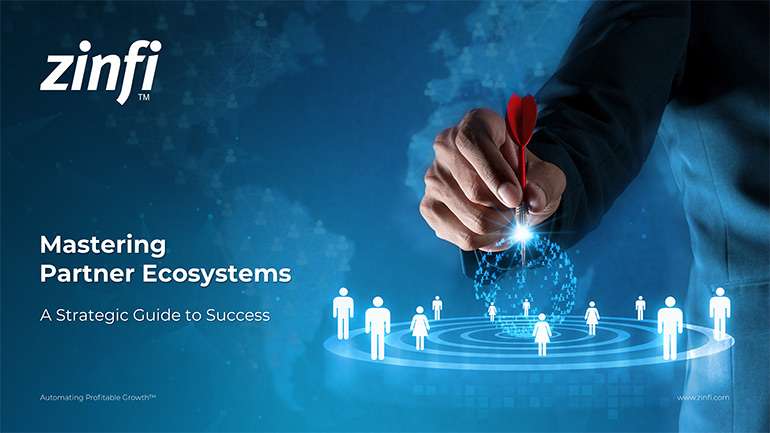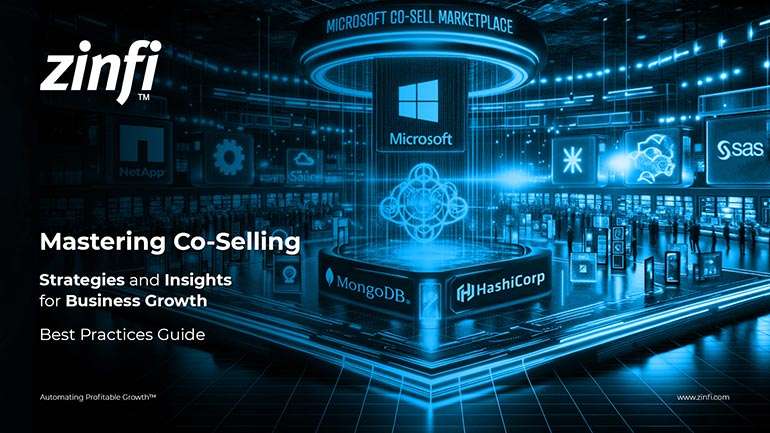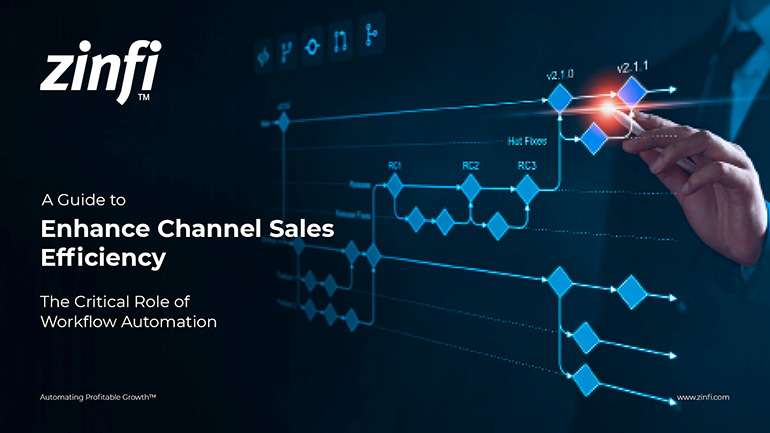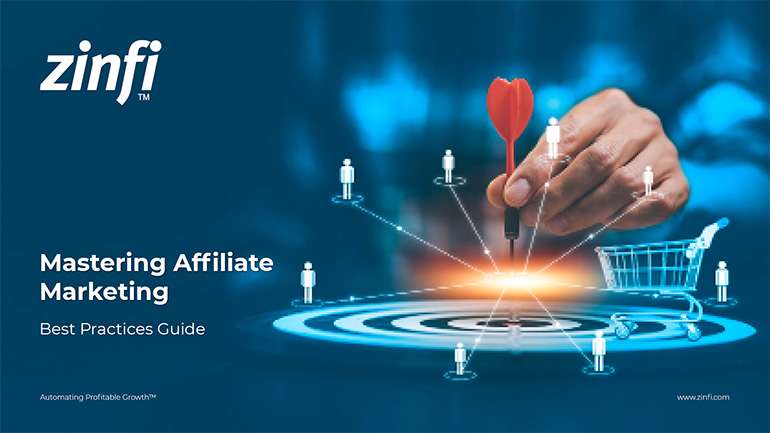Best Practices Articles

Jump start your partner portal using PRM software
Do you sell through a distributed network of channel partners—e.g., resellers, VARs, system integrators, agents, wholesales, dealers, etc.? If so, how do you engage your partners? Do you have a partner portal? Is your partner portal built with state-of-the-art PRM software? If not, then you are missing out. Even worse, your partners are missing out on getting the most out of their relationship with your organization. So how can you jump start your partner portal and take it to the next level by using PRM software? That’s what we will explore in this article.
PRM stands for partner relationship management, which is a basic framework through which an organization recruits, engages, enables and manages its distributed channel partner network. PRM is all about approaching channel management in a systemic fashion, and engaging with partners in a sequential order: first recruit them, then onboard them, then train and enable them, and finally manage them through incentives and other programs to drive better performance. Essentially, channel management is about workflow management; whenever you have workflows, you can automate them using software. This has happened in almost every other part of a business, such as supply chain, logistics, finance, sales, marketing and so on. Now it’s time for PRM software to automate partner relationship management as well.
With this as a backdrop, let’s return our focus back to your partner portal, which is essentially a digital gateway and the primary connection between you and your partner organizations. Through a state-of-the-art partner portal built upon next-generation PRM software, your organization should be able to automate nearly all the necessary steps related to partner relationship management. Using PRM software, you should be able to build a partner portal that has great web content, including a variety of documents and digital assets that can be provided to various partner groups based on the state and nature of their engagement with your organization. You should also be able to provide or partition content based on partner groups and access rights.
Once you have taken care of content distribution, the next challenge is to focus on getting your partners trained. Most PRM software has some built-in learning management capabilities with which you not only can provide training, but also provide certification to your partner base. Now, having provided your partner with a set of assets, as well as training and certification, your next challenge is to enable the partners so that they can drive demand generation. In addition to providing relevant marketing assets and training, enablement comprises activities like the ability to send interactive emails, identify the most promising prospects and provide digital content to track buyer engagement at various steps of the selling process.
The last and final step is to make sure you can manage partner performance using your partner portal. This is another area where your PRM software should empower you to automate the process. You should be able to set up programs offering market development funds (MDF), co-op funds and the like, and also provide sales rewards and rebates to incentivize partners to build a high-performing channel.
I hope you can now see how state-of-the-art PRM software can truly jump start your partner portal and take it into the digital age, giving you significantly higher productivity, profitability and partner satisfaction rates.
Best Practices Guidebook
 Winning with Partner Advisory Councils: Best Practices for Partner Engagement & Growth
Winning with Partner Advisory Councils: Best Practices for Partner Engagement & GrowthDownload Guide
 The Future of Partner Ecosystems Best Practices
The Future of Partner Ecosystems Best PracticesDownload Guide
 The AI Revolution: How Technology and Talent are Shaping the Future
The AI Revolution: How Technology and Talent are Shaping the FutureDownload Guide
 Top 105 Partner Management Metrics that Matter Best Practices
Top 105 Partner Management Metrics that Matter Best PracticesDownload Guide
 Mastering PRM Integration Best Practices
Mastering PRM Integration Best PracticesDownload Guide
 Building a Sales Partner Portal with Salesforce Best Practices
Building a Sales Partner Portal with Salesforce Best PracticesDownload Guide
 Building and Managing Partner Ecosystems Best Practices
Building and Managing Partner Ecosystems Best PracticesDownload Guide
 Mastering Co-Marketing and Co-Selling Best Practices
Mastering Co-Marketing and Co-Selling Best PracticesDownload Guide
 Transforming Partner Ecosystems Best Practices
Transforming Partner Ecosystems Best PracticesDownload Guide
 Mastering Partner Ecosystems Best Practices
Mastering Partner Ecosystems Best PracticesDownload Guide
 Mastering Partner Onboarding Best Practices
Mastering Partner Onboarding Best PracticesDownload Guide
 Partner Ecosystem Management Best Practices
Partner Ecosystem Management Best PracticesDownload Guide
 B2B Marketing in the Age of Intelligence Best Practices
B2B Marketing in the Age of Intelligence Best PracticesDownload Guide
 Multi-Partner Co-Selling Best Practices
Multi-Partner Co-Selling Best PracticesDownload Guide
 A Guide to Enhance Channel Sales Efficiency
A Guide to Enhance Channel Sales EfficiencyDownload Guide
 Mastering Affiliate Marketing Best Practices
Mastering Affiliate Marketing Best PracticesDownload Guide
 The Ultimate Guide to Channel Partner Management
The Ultimate Guide to Channel Partner ManagementDownload Guide
 Top 10 Trends in 2024 Partner Relationship Management
Top 10 Trends in 2024 Partner Relationship ManagementDownload Guide







